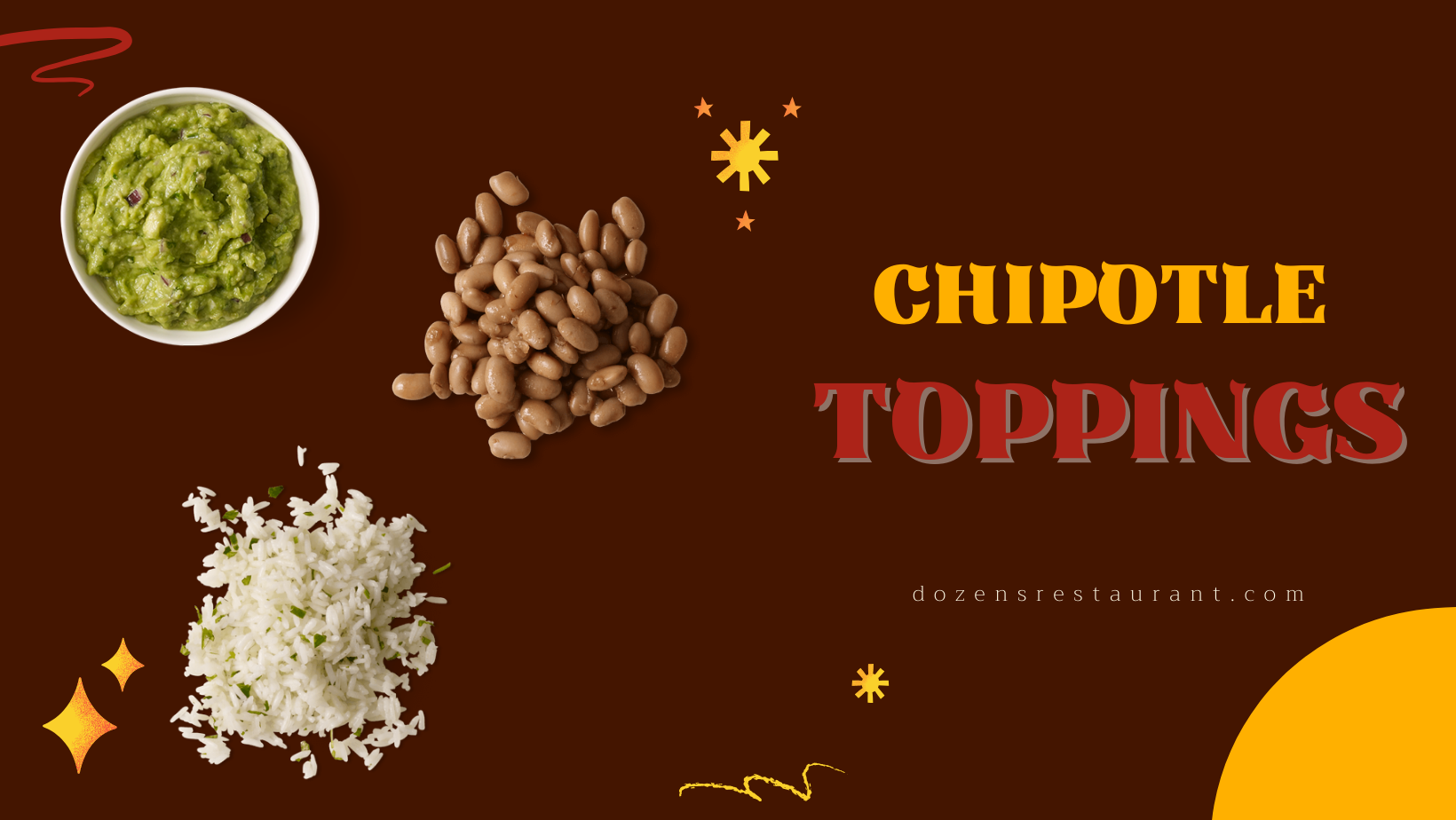Chipotle Mexican Grill isn’t just about a quick, customizable meal – it’s about creating an experience with fresh, high-quality ingredients that let you build the perfect dish your way. In this in-depth guide, we explore everything you need to know about Chipotle toppings. Whether you’re a longtime fan, a curious first-timer, or someone looking for healthier alternatives, read on to discover expert tips, nutritional insights, community favorites, and creative ideas that will help you elevate your next Chipotle order.
An Overview of Chipotle’s Menu and Toppings
Chipotle’s simple menu is deceptively flexible. At its core, the restaurant offers five main items: burritos, bowls, tacos, quesadillas, and salads. What sets these dishes apart is the freedom to customize every component. Here’s a quick look at the main ingredients and toppings available:
- Proteins: Options include chicken, steak, barbacoa, carnitas, sofritas (tofu-based), and even a veggie option that comes loaded with guacamole.
- Base Options: Choose between rice (white or brown) and beans (black or pinto) to form the foundation of your meal.
- Toppings: A selection of salsas (fresh tomato, roasted chili-corn, tomatillo-green chili, and tomatillo-red chili), fajita vegetables, cheese, sour cream, and romaine lettuce.
- Extras: Guacamole and queso add extra richness and flavor but are typically an upcharge.
This level of customization means that every visit to Chipotle can be a completely new culinary adventure. In the sections that follow, we’ll break down these toppings in detail, discuss their nutritional profiles, and offer tips on how to mix and match for the ultimate meal.
Chipotle Topping Options
Rice Options: White vs. Brown
White Rice:
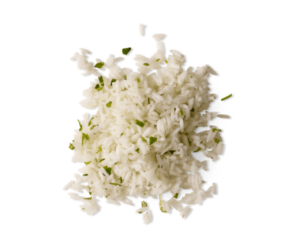
Many Chipotle lovers consider the cilantro-lime white rice a must-have. Its fluffy texture and tangy, citrus-infused flavor create the perfect base for any burrito or bowl. White rice is often preferred because it complements the other ingredients without overpowering them. Its subtle flavor means you can enjoy the punch of the salsas and proteins without a hitch.
Brown Rice:
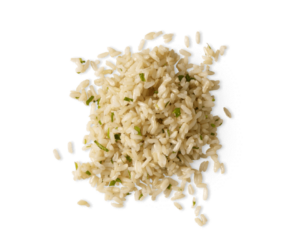
For those who want a bit more fiber and a slightly nuttier taste, the cilantro-lime brown rice is an excellent alternative. While it has a heartier texture and offers more nutritional value, some diners feel it doesn’t blend as seamlessly with the other ingredients as white rice. Ultimately, the choice between white and brown rice comes down to personal taste and nutritional goals.
Beans: Black or Pinto?
Black Beans:

At Chipotle, black beans are a favorite choice for many. They bring a satisfying, earthy taste and are full of protein and fiber. Many customers enjoy the rich taste of black beans, especially when paired with the salsas and meat options. Their soft texture and mild flavor allow them to serve as a canvas for the bolder tastes in your bowl or burrito.
Pinto Beans:
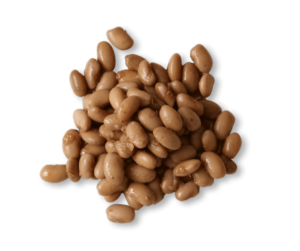
Alternatively, pinto beans are another popular option, known for their creamy consistency and slightly sweeter taste. Pinto beans tend to blend well with the overall flavor profile of a Chipotle meal, making them a favored choice for many who are looking for a smoother texture. Whether you opt for black or pinto beans, you’re guaranteed a boost in protein and fiber that contributes to a balanced meal.
Fajita Vegetables

Fajita vegetables – a mix of bell peppers and red onions – add a crucial element of crunch and color to your meal. These veggies are lightly seasoned and sautéed, bringing out their natural sweetness while preserving their crisp texture. Fajita vegetables are one of the most nutrient-dense options on the menu. They provide vitamins, antioxidants, and a burst of freshness that can cut through the richness of the other toppings.
For those who love a bit of extra heat and texture, double the portion of fajita vegetables. They’re low in calories and high in fiber, making them a perfect addition for anyone looking to stay healthy while still enjoying bold flavors.
The Salsa Spectrum
Chipotle’s range of salsas is arguably one of its most celebrated features. Each salsa is crafted to offer a distinct flavor profile that can transform your meal from good to great.
Fresh Tomato Salsa:
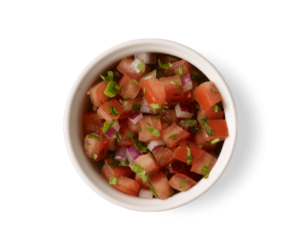
Also known as pico de gallo, this salsa is made from diced tomatoes, red onions, jalapeños, cilantro, and lime juice. It’s a fresh and zesty option that adds a burst of freshness to your meal. Although it’s light, it’s full of flavor and has a crunch to it that many can’t help but fall for.
Roasted Chili-Corn Salsa:
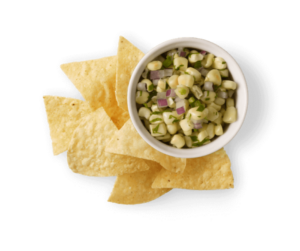
If you’re looking for something with a sweet and smoky flavor, the roasted chili-corn salsa is your go-to topping. The charred corn kernels blend with spicy chilis to create a salsa that is both rich and balanced. This salsa adds an unexpected texture and sweetness that pairs perfectly with grilled meats and beans.
Tomatillo-Green Chili Salsa:
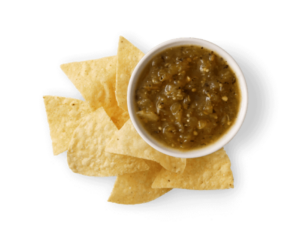
For those who enjoy a bit of heat without overwhelming spice, the tomatillo-green chili salsa is a popular choice. It’s tangy and bright, offering a medium level of spiciness that enhances the overall flavor of your meal. At just a few calories per serving, it’s a smart choice for those who want to keep their calorie count low while still enjoying bold flavors.
Tomatillo-Red Chili Salsa:
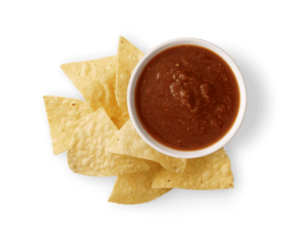
The tomatillo-red chili salsa is literally the same flavor but with a more varied mix of spices. It tends to be milder than the green option, making it a good option for those who prefer a balanced heat. Whether you choose the red or green version may come down to personal taste, but both options add a delightful zing to your Chipotle creation.
Creamy Additions: Sour Cream, Cheese & Queso
Sour Cream:
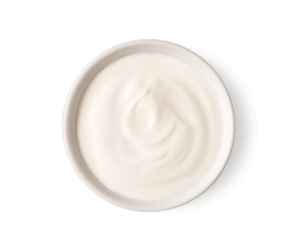
A dollop of sour cream can elevate your Chipotle order by adding a rich, creamy texture that cools down the spiciness of the other ingredients. While it is higher in calories, a little goes a long way. It works best when balanced with the zesty salsas and the crunch of fresh vegetables. For health-conscious diners, consider asking for a light drizzle or even a half portion.
Cheese:
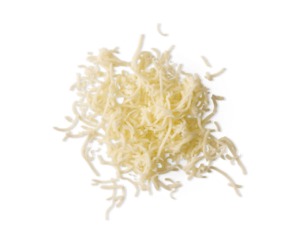
Chipotle’s shredded cheese – often a blend of Monterey Jack or a similar variety – is a fan favorite for a reason. It melts perfectly over hot ingredients and offers a savory, indulgent flavor that complements almost every topping on the menu. Whether sprinkled over a burrito or added into a bowl, cheese provides a satisfying, melty texture that many crave.
Queso:
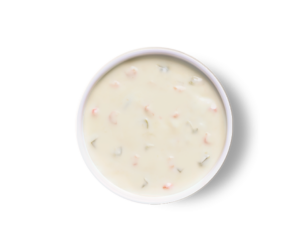
Queso, or melted cheese dip, is another option that can add an extra layer of decadence to your meal. Though it’s not typically mixed directly into your burrito or bowl, many enjoy it as a side dip for chips. Its creamy consistency and robust flavor make it a perfect companion for crunchy tortilla chips or even as a topping on certain menu items.
Fresh and Zesty: Guacamole & Lettuce
Guacamole:
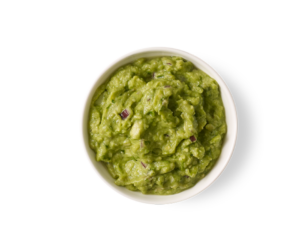
Arguably the crown jewel of Chipotle toppings, guacamole is a must-have for many fans of the chain. Made from ripe avocados, red onions, jalapeños, cilantro, and a squeeze of lime, Chipotle’s guacamole is both creamy and tangy. Though it comes at an extra charge, its nutritional benefits – including heart-healthy fats and fiber – make it well worth the splurge. The chunky texture and rich flavor make guacamole a topping that ties all the elements of your meal together.
Romaine Lettuce:
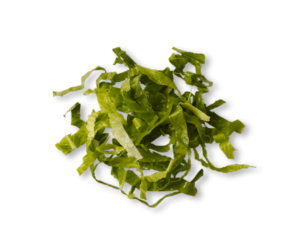
A bed of chopped romaine lettuce provides an essential crunch and a burst of freshness to your meal. It’s light in calories yet high in vitamins, offering the perfect contrast to the warm, robust flavors of the other toppings. Lettuce acts as a neutral base that allows the flavors of the proteins, salsas, and other ingredients to shine.
Nutritional Considerations and Healthier Choices
One of the reasons Chipotle has garnered a loyal following is its commitment to fresh, whole ingredients. However, when it comes to building the perfect meal, it’s important to consider the nutritional balance of your toppings.
Balancing Calories and Nutrients
Each topping brings its own set of nutritional benefits, but some also add extra calories or sodium. Here are a few tips to help you strike the right balance:
Choose Wisely:
Opt for lower-calorie options like fajita vegetables, romaine lettuce, and the various salsas. These toppings add bulk, flavor, and essential nutrients without significantly increasing your calorie intake.
Mind the Creamy Additions:
While sour cream and cheese are delicious, they’re also calorie-dense. If you’re watching your calorie count, consider asking for a smaller portion or opting to have these on the side.
Guacamole – The Healthful Indulgence:
Guacamole is a nutritional powerhouse, loaded with monounsaturated fats, fiber, and vitamins. Even though it adds extra calories, its health benefits make it a worthy addition. If you’re concerned about calories, remember that a little goes a long way in enhancing both taste and nutritional value.
Rice and Beans:
The choice between white and brown rice is a classic nutritional debate. White rice tends to be lighter and more palatable to many, while brown rice provides more fiber and nutrients. Similarly, both black and pinto beans offer protein and fiber, so your choice can be guided by taste preference and dietary needs.
Customizing for Dietary Needs
Chipotle is also renowned for its accommodating menu, making it an excellent option for various dietary restrictions. Here’s how to customize your order:
Low-Carb Options:
Skip the rice and opt for extra beans and veggies to keep your meal low in carbohydrates while still filling and nutritious.
Gluten-Free Choices:
Although Chipotle’s flour tortillas contain gluten, you can still enjoy bowls and salads that are naturally gluten-free. Always ask your server about cross-contamination if you have a severe sensitivity.
Vegan and Vegetarian Options:
Chipotle offers sofritas (a spiced tofu option) and a range of fresh toppings that are vegan-friendly. Skip the cheese, sour cream, and any animal-based proteins to build a completely plant-based meal. The abundance of fresh veggies, rice, and beans provides a satisfying, balanced meal.
Heart-Healthy Picks:
For those keeping an eye on heart health, lean proteins like chicken or steak paired with plenty of vegetables and guacamole can be an excellent choice. Avoid overloading on high-saturated fat toppings like sour cream and queso to maintain a balanced diet.
Customizing Your Order: Tips and Tricks
Building your perfect Chipotle meal is as much an art as it is a science. Here are some expert tips to help you maximize flavor and nutrition:
Start with a Strong Base
Begin by choosing your base wisely. For a filling meal, select a combination of rice and beans that best matches your taste and dietary goals. Many enthusiasts recommend pairing white rice with black beans for a classic flavor profile, while those seeking more fiber might opt for brown rice and pinto beans.
Layer on the Flavor with Salsas
Salsas are where you can really personalize your meal. Don’t be afraid to mix and match:
- Double up on the salsas: A little bit of fresh tomato salsa paired with the smoky roasted chili-corn salsa creates a complex flavor that elevates your dish.
- Adjust the heat: If you prefer a spicier meal, ask for extra tomatillo-green or red chili salsa. Alternatively, if you’re sensitive to spice, stick with the fresh tomato salsa or add only a small amount of the hotter options.
Don’t Overlook the Veggies
Veggies are more than just a side note. Fajita vegetables not only add crunch but also enhance the color and nutritional value of your meal. Ask for a generous helping of these, especially if you want to incorporate more vitamins and minerals into your meal.
Creamy vs. Crunchy: Finding the Right Balance
The creamy toppings – sour cream, cheese, and guacamole – add richness and help to bind the ingredients together. However, moderation is key:
- A little sour cream or cheese goes a long way. If you’re trying to cut back on calories, consider asking for these on the side so you can control the amount.
- Guacamole is a nutritional win. Its creamy texture and robust flavor can transform your bowl. Even a small serving enhances both taste and nutrition without compromising your meal’s overall balance.
Experiment with Customizations
Chipotle is all about personalization. Here are some creative ideas:
Mix up your proteins:
Instead of sticking to one protein, try a “double protein” option with a mix of chicken and sofritas. This gives you a blend of flavors and textures while keeping the meal balanced.
Layer your toppings strategically:
Start with a base of rice and beans, add a layer of protein, then pile on the salsas, veggies, and finally finish with a drizzle of sour cream or a spoonful of guacamole.
Try a salad base:
For a lighter option, skip the rice and opt for a bed of romaine lettuce. Top it with grilled chicken, black beans, fajita veggies, and your favorite salsa for a nutrient-packed meal.
Ordering Hacks for a Perfect Experience
Customize at the register or app:
Whether you’re ordering in person or via the Chipotle app, take a moment to review your order. Double-check that you’ve included all your favorite toppings and that your proportions are just right.
Ask for extra veggies:
Not only do extra veggies add nutritional value, but they also increase the overall volume of your meal without significantly boosting the calorie count.
Consider portion control:
If you’re dining with someone or planning to share, you can often ask for half-portions of some toppings (like sour cream or cheese) to reduce waste and manage calorie intake.
Building Your Perfect Chipotle Meal
Step-by-Step Guide to Customizing Your Order
- Choose Your Base:
Decide between a burrito, bowl, taco, or salad. Your choice of base will guide the rest of your ingredients. For a lighter option, go with a salad or bowl without a tortilla. - Select Your Protein:
Options include chicken, steak, barbacoa, carnitas, sofritas, or a vegetarian protein. Consider pairing lean proteins like chicken or steak with plenty of veggies to balance flavor and nutrition. - Pick Your Carbs:
If you’re a rice lover, decide whether you want the bright, citrusy white rice or the nuttier, fibrous brown rice. Add beans for extra protein and texture – black beans for a richer taste or pinto beans for creaminess. - Layer on the Toppings:
This is where you can really make your meal your own. Start with a generous serving of fajita vegetables and lettuce. Add your favorite salsa or even a combination of two for a burst of flavor. Top it off with a dollop of sour cream, a sprinkle of cheese, or a scoop of guacamole – or all three if you’re feeling indulgent. - Finishing Touches:
Ask for extra toppings if you’re looking for a nutritional boost, or request that certain items be added on the side so you can control your portions. Every addition is an opportunity to tailor your meal to your taste and dietary goals.
Pro Tips for the Ultimate Experience
Mix and Match Flavors:
Don’t be afraid to combine contrasting flavors. The sweetness of the roasted chili-corn salsa can perfectly balance the acidity of the fresh tomato salsa, while the creaminess of guacamole ties it all together.
Watch the Portions:
If you’re conscious about calorie intake, consider opting for smaller portions of the richer toppings like sour cream and cheese. You can always add more if you feel like you need that extra kick.
Experiment with Proteins:
Consider trying a double-protein option or mixing two types of proteins for a flavor explosion. Combining the smokiness of barbacoa with the subtle spiciness of chicken can create a delightful taste experience.
Healthier Swaps:
For a lighter meal, consider skipping the tortilla entirely and opting for a bowl loaded with veggies. This not only cuts down on calories but also increases the nutritional value of your meal.
Conclusion
By understanding the unique qualities of each topping—from the zesty punch of fresh tomato salsa to the rich, creamy goodness of guacamole—you can craft a meal that’s perfectly tailored to your tastes and nutritional needs. Whether you’re a die-hard fan or a newcomer looking to explore the menu, the key is to experiment, adjust, and enjoy the process of building your perfect Chipotle creation.
Melty, cheesy goodness awaits in the Chipotle quesadilla.

